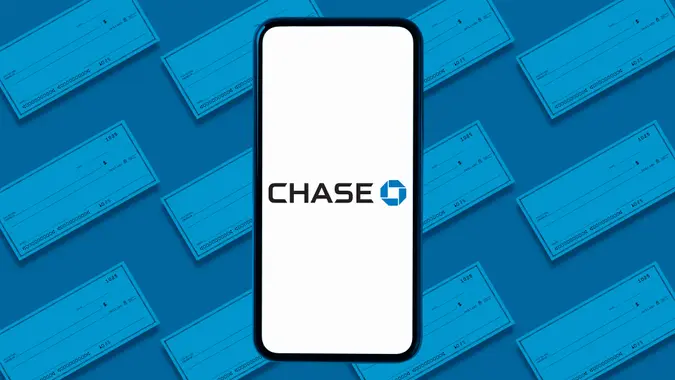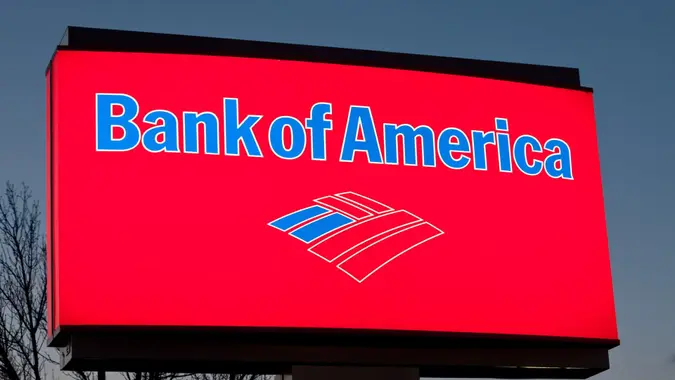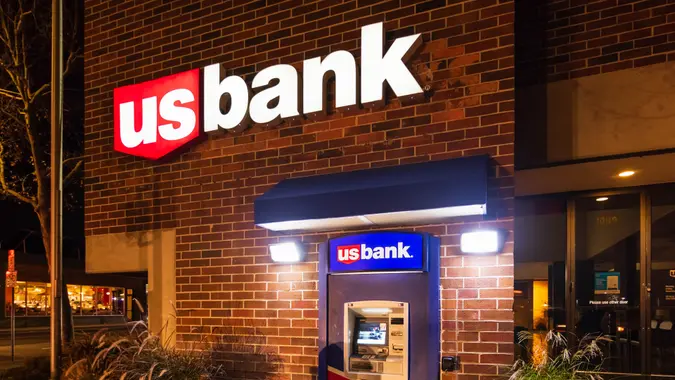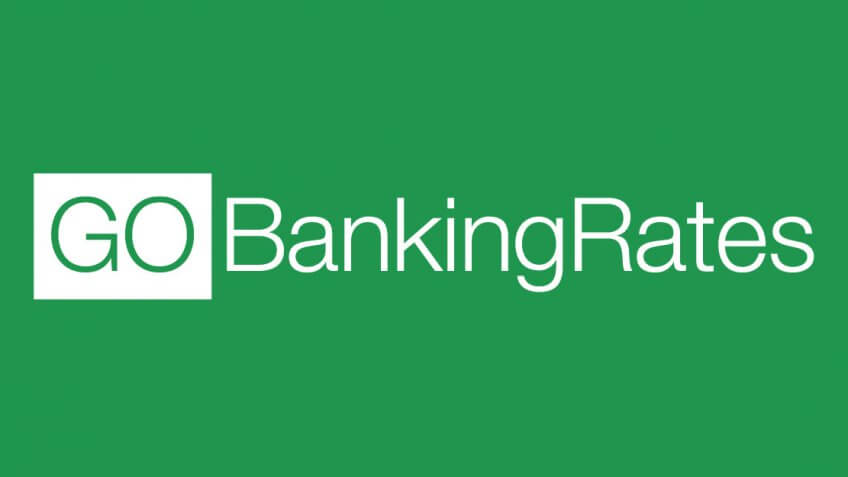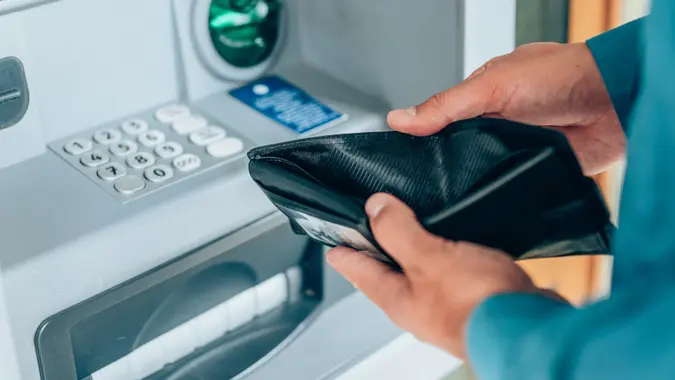Here’s Why Banks Offer Free Checking Accounts

Commitment to Our Readers
GOBankingRates' editorial team is committed to bringing you unbiased reviews and information. We use data-driven methodologies to evaluate financial products and services - our reviews and ratings are not influenced by advertisers. You can read more about our editorial guidelines and our products and services review methodology.

20 Years
Helping You Live Richer

Reviewed
by Experts

Trusted by
Millions of Readers
In the competitive world of banking, free checking accounts have become a common offering, designed to attract and retain customers. But what is the rationale behind this approach? Keep reading to learn the reasons why banks offer free checking accounts and how this seemingly generous service benefits them.
Why Do Banks Offer Free Checking Accounts?
Banks offer free checking accounts as part of their strategy to draw in new customers. While these accounts don’t charge monthly maintenance fees, they serve as a gateway for banks to build customer relationships and promote other profitable services. Here are some key reasons behind this strategy.
Attracting New Customers
The primary lure of a free checking account is its appeal to new customers. These accounts are particularly attractive to those looking to manage their finances without worrying about additional fees, such as young adults opening their first bank account or individuals seeking a no-frills banking experience. By removing the barrier of account maintenance fees, banks position themselves as customer-friendly, thereby attracting a broader customer base.
Cross-Selling Opportunities
Once a customer has opened a free checking account, banks seize the opportunity to introduce them to other financial products. These might include savings accounts, credit cards, personal loans, mortgages and investment services. Many of these products and services come with fees or interest payments that serve as revenue streams for the bank, making the initial cost of maintaining a free checking account worthwhile.
Building Long-Term Relationships
Banks view free checking accounts as a foundation for building lasting customer relationships. Over time, as customers’ financial needs grow and become more complex, they are likely to consider additional services offered by the bank. This long-term relationship is beneficial for both the customer, who receives a full spectrum of financial services, and the bank, which gains a loyal customer base.
Reduced Operational Costs With Technology
The advent of digital banking has significantly reduced operational costs. Online transactions are less expensive to process than traditional paper-based ones, allowing banks to offer free checking accounts with minimal financial impact. The efficiency of digital banking not only benefits the bank but also provides convenience to the customer.
Non-Interest Income Sources
Banks often offset the cost of free checking accounts by charging for various ancillary services. These can include overdraft fees, fees for using out-of-network ATMs and charges for account inactivity. While the checking account itself is free, customers may incur these fees, which become a source of revenue for the bank.
Deposit Growth
Free checking accounts encourage customers to make regular deposits. These deposits are crucial for banks, as they are used to fund loans and other financial activities that generate income. The more customers deposit, the greater the bank’s capacity to lend and invest, which in turn leads to more significant profits.
Data Collection
Finally, free checking accounts are a valuable source of customer data for banks. Through these accounts, banks can track spending patterns, preferences and behaviors, which can be analyzed for targeted marketing campaigns and product development. This data is key to understanding consumer needs and tailoring services accordingly.
Final Take
While a free checking account offers obvious benefits to customers, it also serves a strategic purpose for banks. From fostering long-term customer relationships to creating cross-selling opportunities, these accounts are a key part of a bank’s overall business model. As a customer, it’s important to understand the value of a free checking account and how it fits into your broader financial picture.
FAQ
Here are the answers to some of the most frequently asked questions about checking accounts.- What is the purpose of a free checking account?
- Free checking accounts provide a cost-free way for customers to handle daily financial tasks like deposits and payments. Aimed at attracting new customers, these accounts eliminate monthly fees, offering a simple and affordable banking solution.
- How do banks profit from no-fee checking accounts?
- Banks earn from no-fee checking accounts through indirect means such as overdraft fees, charges for certain services like using non-network ATMs and inactivity fees. They also profit by using the deposits for loans and investments and by selling other fee-based financial products to account holders.
- Why do banks offer free money?
- Banks offer free money through incentives like sign-up bonuses to attract new customers and encourage existing ones to use more services. These promotions help grow the customer base and deposits, leading to increased use of profitable services and fostering long-term customer relationships.
- Why do banks charge for some checking accounts?
- Banks charge for certain checking accounts to cover operational costs like administration and transaction processing. These accounts often include additional benefits like higher limits or interest earnings. The fees also support the bank's physical infrastructure and may encourage customers to maintain a minimum balance or use more services.
Editor's note: This article was produced via automated technology and then fine-tuned and verified for accuracy by a member of GOBankingRates' editorial team.
 Written by
Written by 




